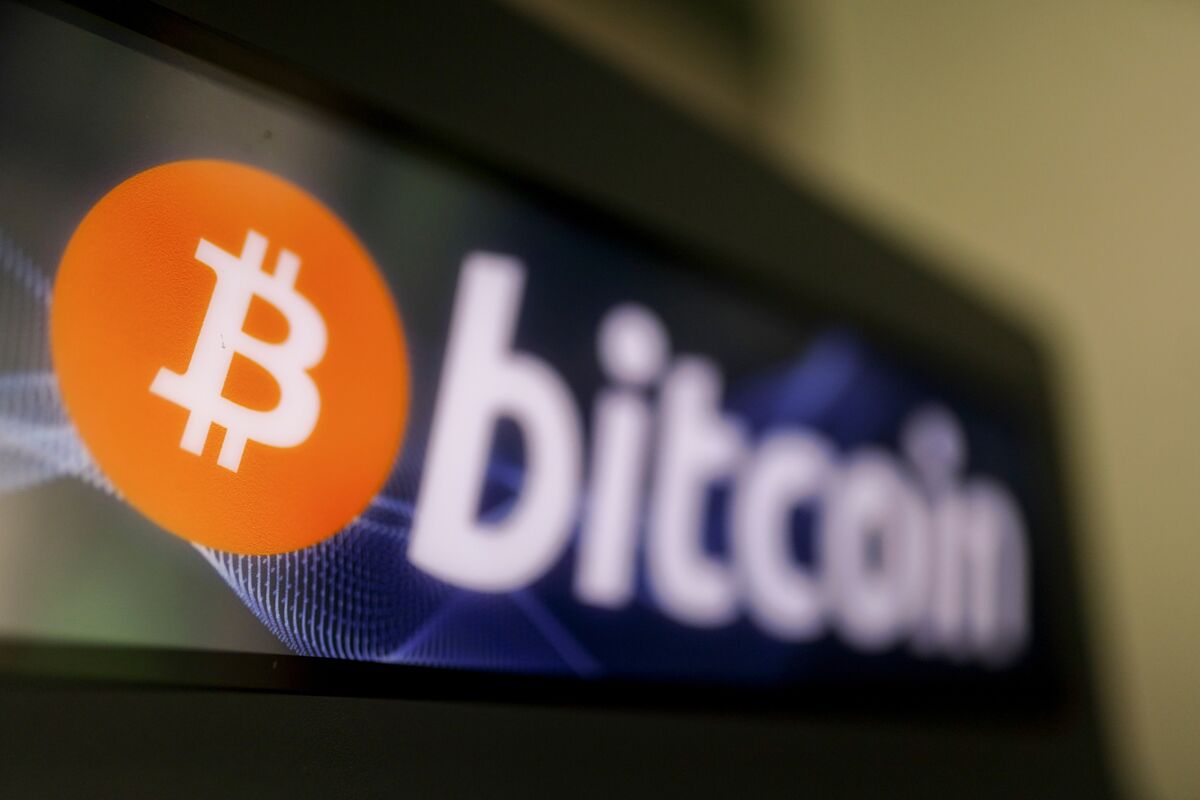Bitcoin Surges and Retreats: The Rollercoaster Ride of 2024
Overview or Introduction
The cryptocurrency market has always been a realm of volatility, but recent developments have pushed Bitcoin to new heights before a significant pullback. This article examines Bitcoin’s record-breaking rally, the implications of Federal Reserve policies on market sentiment, and the ongoing challenges faced by countries like El Salvador in their embrace of Bitcoin as legal tender.
As Bitcoin aims for new milestones, understanding the complex interplay of global financial policies and investor psychology is critical. Read on to unravel the latest trends and challenges impacting this digital currency.
The Bitcoin Rally: A 2024 Milestone
Bitcoin recently surged past $108,000, marking a historic record during a year characterized by rapid accumulation of digital assets. This unprecedented rise was fueled by both speculation and institutional investment, leading many enthusiasts to believe that a new era for Bitcoin was dawning.
However, this exhilarating ascent was short-lived. Following statements from Federal Reserve officials that hinted at a more cautious approach to diminishing borrowing costs, Bitcoin retraced some of its gains. On December 18, Bitcoin fell about 5.3% to approximately $100,752, as investor sentiment turned cautious. This retreat was not isolated; other major digital currencies also experienced declines during this time.
The Federal Reserve’s Impact on Cryptocurrency
The Federal Reserve’s recent commentary has far-reaching effects across financial markets, impacting risk appetite among investors. As borrowing costs are paused or adjusted, markets react swiftly, often amplifying cryptocurrency volatility. The Fed’s concerns about inflation and economic stability can stoke uncertainty, leading traders and speculators to reassess their strategies in the crypto space.
This trend points to an increasing correlation between traditional financial markets and cryptocurrency, suggesting that Bitcoin is becoming ever more sensitive to the macroeconomic landscape. Observers note that while Bitcoin has grown into a significant asset class, it still operates within a broader context of economic signals and investor behavior.
El Salvador’s Bitcoin Journey: A Cautionary Tale
On the international front, El Salvador’s adoption of Bitcoin as an official currency has been a topic of both intrigue and skepticism. Initially celebrated for bold financial innovation, the Central American nation is now seeking assistance from the International Monetary Fund (IMF) amid economic challenges.
This shift highlights the struggles that come with the adoption of cryptocurrencies at a national level, especially in emerging markets. As El Salvador navigates the complexities of integrating Bitcoin into its economy, the experience serves as a stark reminder of the risks associated with cryptocurrency volatility and regulatory pressures.
Key Takeaways
- Bitcoin recently hit a record high before retreating due to cautious signals from the Federal Reserve.
- Investor sentiment in the cryptocurrency market remains fragile and closely tied to macroeconomic indicators.
- El Salvador’s experience with Bitcoin illustrates the challenges of integrating cryptocurrencies into mainstream economies.

